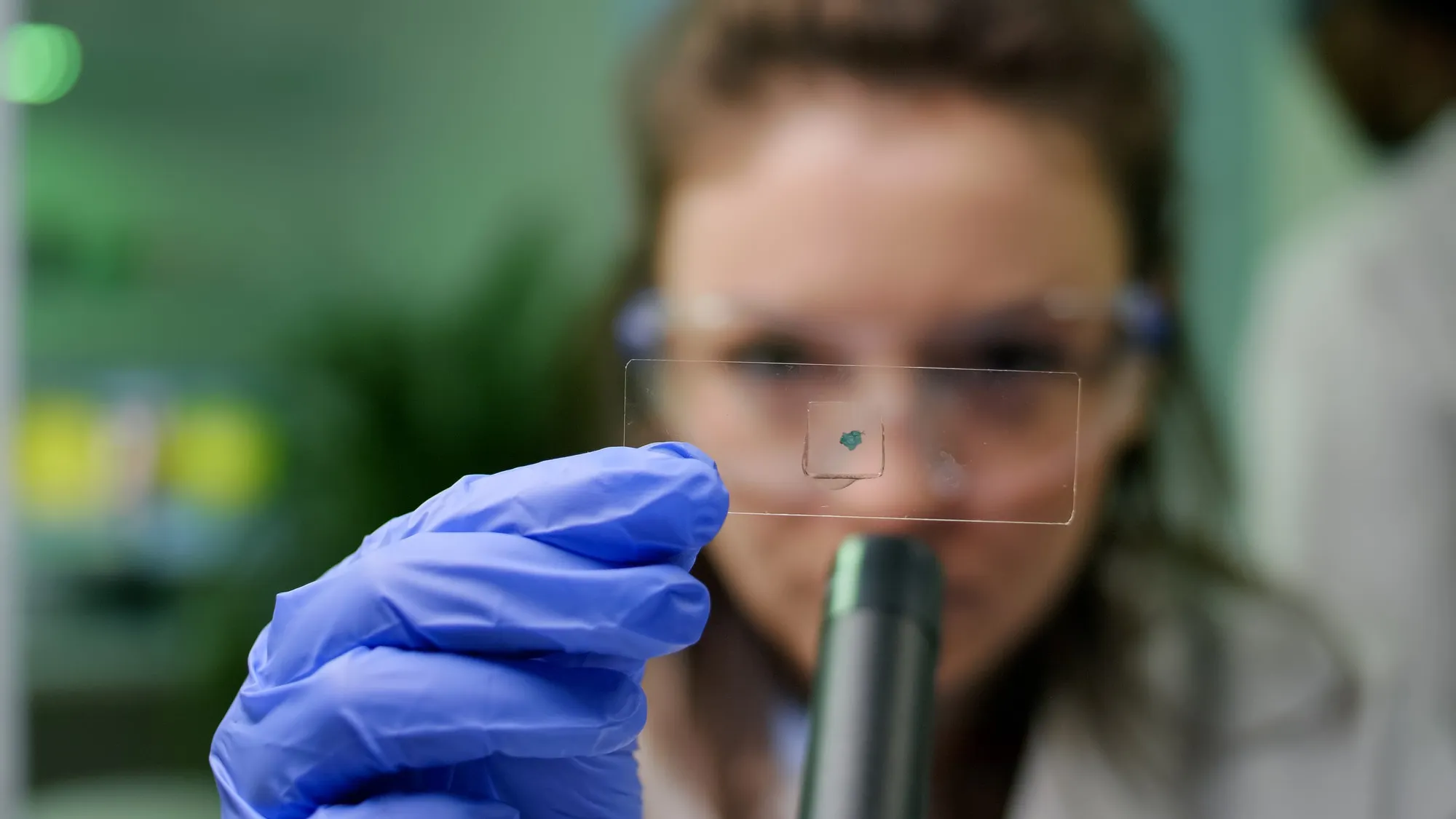In a groundbreaking study published in the International Journal of Biological Macromolecules, scientists from Nanjing, China, introduced an advanced chitosan-modified magnetic nanocomposite designed for dual-purpose: the eradication of persistent biofilms associated with skin and soft tissue infections (SSTIs) and facilitating precise photothermal and photodynamic therapy. This cutting-edge technology not only aims to address the challenges in SSTIs treatment but offers a new horizon in biomedical applications with its low biotoxicity and efficacy.
A Persistent Problem: Biofilm-Associated Infections
SSTIs are inflammatory illnesses caused by bacterial invasion, leading to biofilm formation on tissues. These biofilms pose a significant challenge during treatment, as their complex structure and resistant nature create barriers to antibiotic penetration and host defenses. Traditional magnetic materials used in treatment, while beneficial, suffer from limited dispersibility and reduced biofilm permeability, causing treatments to be less effective and often resulting in prolonged infections.
Promising Solution: Fe-ICGCDs@CS Nanocomposite
Taking a step forward to combat these infections, scientists at the Jiangsu Key Laboratory of Oral Diseases and Jiangsu Collaborative Innovation Center for Biomedical Functional Materials developed a new type of magnetic composite nanoplatform. The material, known as Fe-ICGCDs@CS (iron, indocyanine green carbon dots, and chitosan), is designed to deliver high dispersibility and improve the destructive penetration of biofilms under magnetic guidance.
The Fe-ICGCDs@CS offers a novel approach to SSTI treatments by adsorbing bacteria through its positive charge, which enables precise photothermal sterilization and photodynamic therapy (PDT). Furthermore, the nanocomposite catalyzes hydrogen peroxide to produce oxygen, which can relieve anoxic conditions deep within biofilms and activate dormant bacteria – rendering them susceptible to external stimuli.
The ‘Just Kill’ Sterilization Model Adaptation
Unlike traditional methods that focus solely on killing bacteria, Fe-ICGCDs@CS provides accurate bacterial eradication. After treatment, the magnetic nanocomposite can be recovered by an external magnetic field, significantly reducing the potential biological toxicity of residual nanomaterials in the patient’s body.
The Study and Its Implications
The research, led by Yumeng Gao and colleagues from Nanjing Medical University and Nanjing Normal University, was published on January 17, 2024, with the DOI: 10.1016/j.ijbiomac.2024.129402. The study presents a significant leap in antibacterial strategies, focusing on low biotoxicity and enhanced effectiveness against biofilm-associated infections.
Impacts on Clinical Practices
This new antibacterial method holds substantial promise for clinical applications, considering its targeted action and reduced side effects. Its precise modality of operation addresses the otherwise resilient nature of biofilms, making SSTI treatments more effective and reducing the chances of chronic infections.
Conclusion
The development of Fe-ICGCDs@CS is a testament to the evolving landscape of biomedical research and its focus on creating solutions with patient safety and treatment efficacy in mind. With the increasing prevalence of antibiotic-resistant bacteria and complex biofilm infections, innovations such as Fe-ICGCDs@CS nanocomposite are critical steps towards more effective medical interventions.
References
1. Gao, Y., et al. (2024). Chitosan modified magnetic nanocomposite for biofilm destruction and precise photothermal/photodynamic therapy. International Journal of Biological Macromolecules, 129402. DOI: 10.1016/j.ijbiomac.2024.129402.
2. Wu, J., et al. (2024). [Study on the dispersibility improvements of magnetic materials in biofilm treatment]. International Journal of Biological Macromolecules.
3. Shen, J., et al. (2024). [Advances in the role of chitosan in biomedical applications]. International Journal of Biological Macromolecules.
4. Xu, Y., et al. (2024). [Photothermal and Photodynamic mechanisms of nanocomposites in biofilm eradication]. International Journal of Biological Macromolecules.
5. Li, L., et al. (2024). [Oxygen production and biofilm penetration using nanocomposites]. International Journal of Biological Macromolecules.
Keywords
1. Chitosan-modified nanocomposite
2. Biofilm treatment innovation
3. Photothermal therapy
4. Photodynamic therapy
5. Magnetic nanotechnology in medicine
